Related Research Articles

The New General Catalogue of Nebulae and Clusters of Stars is an astronomical catalogue of deep-sky objects compiled by John Louis Emil Dreyer in 1888. The NGC contains 7,840 objects, including galaxies, star clusters and emission nebulae. Dreyer published two supplements to the NGC in 1895 and 1908, known as the Index Catalogues, describing a further 5,386 astronomical objects. Thousands of these objects are best known by their NGC or IC numbers, which remain in widespread use.

The Royal Astronomical Society (RAS) is a learned society and charity that encourages and promotes the study of astronomy, solar-system science, geophysics and closely related branches of science. Its headquarters are in Burlington House, on Piccadilly in London. The society has over 4,000 members ("Fellows"), most of them professional researchers or postgraduate students. Around a quarter of Fellows live outside the UK.

Edward Arthur Milne FRS was a British astrophysicist and mathematician.
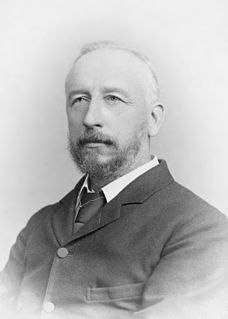
Sir David Gill was a Scottish astronomer who is known for measuring astronomical distances, for astrophotography, and for geodesy. He spent much of his career in South Africa.
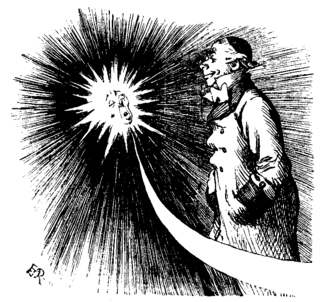
William Frederick Denning was a British amateur astronomer who achieved considerable success without formal scientific training. He is known for his catalogues of meteor radiants, observations of Jupiter's red spot, and for the discovery of five comets. Outside astronomy, as a young man, Denning showed prowess at cricket to the extent W G Grace invited him to play for Gloucestershire. However Denning’s retiring nature made him decline the offer.
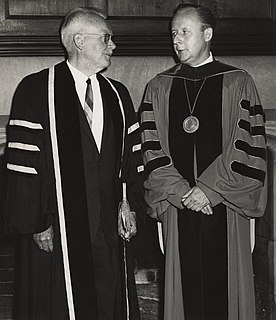
Carlyle Smith Beals, FRS was a Canadian astronomer.
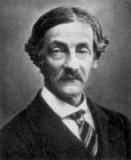
Professor Alexander Stewart Herschel, DCL, FRS was a British astronomer.

Agnes Mary Clerke was an Irish astronomer and writer, mainly in the field of astronomy. She was born in Skibbereen, County Cork, Ireland, and died in London.

Monthly Notices of the Royal Astronomical Society (MNRAS) is a peer-reviewed scientific journal covering research in astronomy and astrophysics. It has been in continuous existence since 1827 and publishes letters and papers reporting original research in relevant fields. Despite the name, the journal is no longer monthly, nor does it carry the notices of the Royal Astronomical Society.
The British Astronomical Association (BAA) was formed in 1890 as a national body to support the UK's amateur astronomers.

In Fijian mythology, Bulu is a name for the 'world of spirits'. In the month called Vula-i-Ratumaibulu, the god Ratumaibulu comes from Bulu, the world of spirits, to make the breadfruit and other fruit trees blossom and yield fruit. Ratumaibulu is a god of great importance who presides over agriculture.
Eric Mervyn Lindsay FRAS was an Irish astronomer.
The Royal Astronomical Society of Canada (RASC) is a national, non-profit, charitable organization devoted to the advancement of astronomy and related sciences. At present, there are 28 local branches of the Society, called Centres, in towns and cities across the country from St. John's, Newfoundland, to Victoria, British Columbia, and as far north as Whitehorse, Yukon. There are about 5100 members from coast to coast to coast, and internationally. The membership is composed primarily of amateur astronomers and also includes numerous professional astronomers and astronomy educators. The RASC is the Canadian equivalent of the British Astronomical Association.
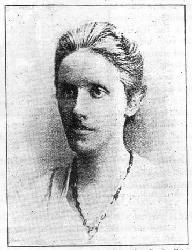
Annie Scott Dill Maunder was an Irish-British astronomer, who recorded the first evidence of the movement of sunspot emergence from the poles toward the equator over the sun's 11-year cycle. She was one of the leading astronomers of her time, but because of her gender, her contribution was often underplayed at the time. In 1916 she was elected to the Royal Astronomical Society, 21 years after being refused membership because of her gender.

The Toronto Magnetic and Meteorological Observatory is a historical observatory located on the grounds of the University of Toronto, in Toronto, Ontario, Canada. The original building was constructed in 1840 as part of a worldwide research project run by Edward Sabine to determine the cause of fluctuations in magnetic declination. Measurements from the Toronto site demonstrated that sunspots were responsible for this effect on Earth's magnetic field. When this project concluded in 1853, the observatory was greatly expanded by the Canadian government and served as the country's primary meteorological station and official timekeeper for over fifty years. The observatory is considered the birthplace of Canadian astronomy.
Harry Hemley Plaskett FRS was a Canadian astronomer who made significant contributions to the fields of solar physics, astronomical spectroscopy and spectrophotometry. From 1932 to 1960, he served as the Savilian Professor of Astronomy at the University of Oxford, and in 1963 was awarded the Gold Medal of the Royal Astronomical Society.
William Wales was a British mathematician and astronomer who sailed on Captain Cook's second voyage of discovery, then became Master of the Royal Mathematical School at Christ's Hospital and a Fellow of the Royal Society.
The Journal of the Royal Astronomical Society of Canada is a bimonthly peer-reviewed scientific journal published by the Royal Astronomical Society of Canada since 1907. The title in French is Journal de la Société royale d'astronomie du Canada.
Donald Eustace Blackwell was a British astronomer, who was Savilian Professor of Astronomy at the University of Oxford from 1960 to 1988.
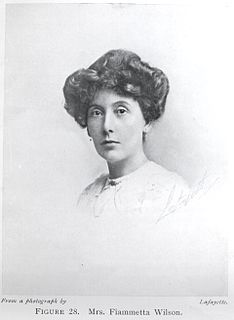
Fiammetta Wilson was a British astronomer elected a fellow of the Royal Astronomical Society in 1916.
References
- The Journal of the Royal Astronomical Society of Canada, 1907.
- Freese, John, The Philosophy of the Immortality of the Soul and the Resurrection of the Human Body. Facsimile reprint of 1864 edition. Kessinger Publishing, 2005, ISBN 1-4179-7234-3.
- T. Williams, J. Calvert, Fiji and the Fijians, Heylin, 1858.